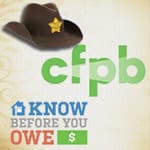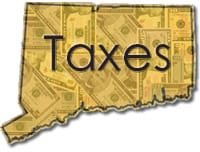I have to admit that I am not the best at saving money. There are months that I have plenty of extra, and that can go into savings. But there are other months that things happen (you know what I mean). And then there are those things I really want (but don’t need). Yes, this even happens to me.
I mentioned to you back in July that I was tracking my spending and making changes. I need to do this periodically to see where my money is going…so that I can be aware. I am just finishing up my September tracking as you are reading this. I know all about my monthly bills, but it’s the little things that get away from me. I need to be a more mindful spender and consider what I am spending my money on.
Here are two things that help me save money.
First, my savings account is not at the bank where I have my checking account. The local bank makes it too easy for me to access my money. It’s nearby and would be linked to checking. So, I have my savings account in a virtual bank – there are no branches where I can withdraw cash and a transfer takes time. In addition, I don’t have my savings linked to an ATM card. Therefore, it’s not easy for me to access the money if a want arises.
What you should take away from this: if you are having trouble saving as much as you want, don’t have your savings account easily accessible.
Second, I have multiple savings accounts – each for a specific need.
- vacation savings (for my travels)
- home repair savings (after the weather we have had this year, all homeowners need one of these)
- emergency savings (for whatever life throws at you)
- long-term goal savings (for whatever your plans are – home, car, education, retirement).
These are two of the things that I do to make my savings work for me, but it’s not enough. Help me out and tell me what you do to save money.









